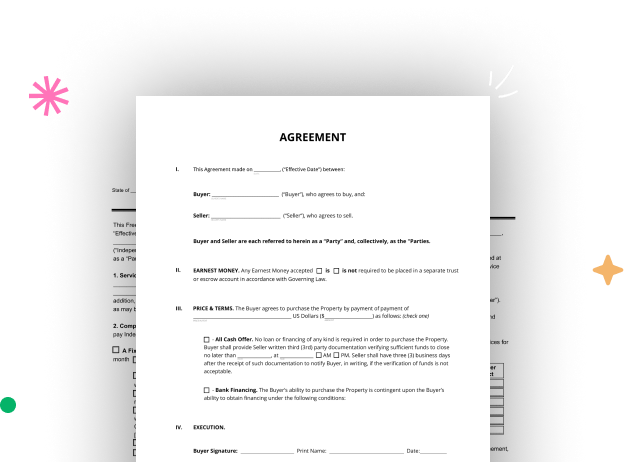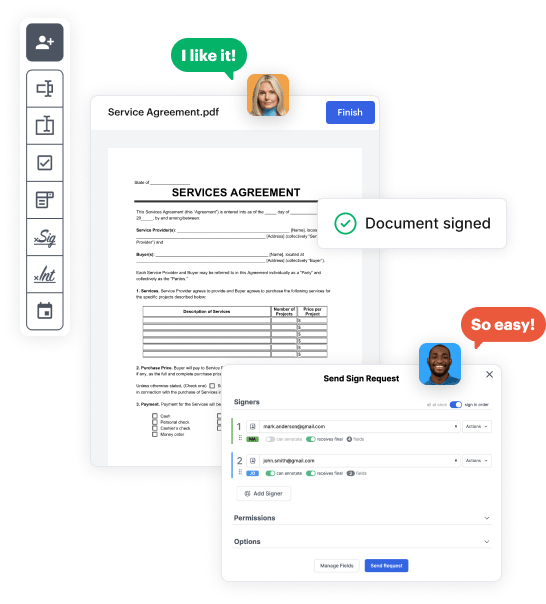

Begin by registering a free DocHub account using any offered sign-up method. If you already have one, simply log in.
Try out the whole set of DocHub's advanced features by registering for a free 30-day trial of the Pro plan and proceed to build your USA Federal Law Document.
In your dashboard, select the New Document button > scroll down and choose to Create Blank Document. You’ll be taken to the editor.
Utilize the Page Controls icon indicated by the arrow to switch between two page views and layouts for more convenience.
Navigate through the top toolbar to place document fields. Add and configure text boxes, the signature block (if applicable), insert images, etc.
Organize the fillable areas you added based on your preferred layout. Customize each field's size, font, and alignment to make sure the form is straightforward and neat-looking.
Save the ready-to-go copy in DocHub or in platforms like Google Drive or Dropbox, or craft a new USA Federal Law Document. Distribute your form via email or utilize a public link to engage with more people.